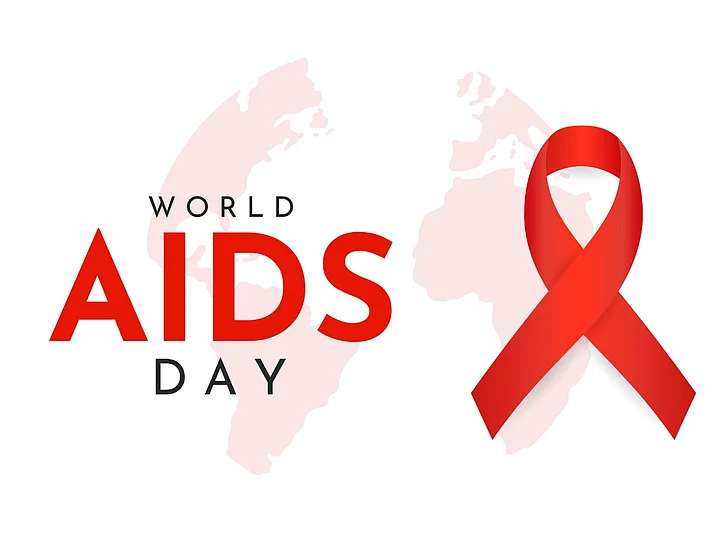HIV (Human Immunodeficiency Virus) is a virus that attacks the immune system, specifically the CD4 cells (T cells), which help the immune system fight off infections. When HIV has severely weakened your immune system, it can lead to AIDS (acquired immunodeficiency syndrome). Basically, AIDS is the late stage of HIV infection that is defined by the occurrence of any of the more than 20 life-threatening cancers (e.g.-Kaposi Sarcoma, Non-Hodgkin Lymphoma) or “opportunistic infections” (e.g.: Candidiasis, Herpes Simplex Virus)-named so as they take advantage of a weakened immune system.
In summary, HIV is the virus that causes AIDS. Early detection and timely medical intervention, can significantly improve the prognosis for those living with HIV and prevent the progression to AIDS.
AIDS: Transmission, Treatment & Prevention
According to Dr Upasana Bhatia, Senior Consultant Physician Clinical Lead will below are the required information on AIDS:
For people living with HIV who are not diagnosed or not taking ART (antiretroviral therapy), signs of HIV-related illness may develop within 5–10 years, although it can be sooner.
The time between HIV transmission and an AIDS diagnosis is usually 10-15 years, but sometimes longer. There is a very small number of people who have managed to control the HIV infection without ART and are called ‘elite-controllers’. This situation is very rare, and most people will need ART to avoid becoming ill. AIDS was a defining feature of the earlier years of the HIV epidemic before antiretroviral therapy (ART) became available.
Transmission: HIV is found in certain bodily fluids of people living with HIV, including blood, semen, vaginal fluids, rectal fluids, and breast milk. The primary mode of HIV transmission is through unprotected sexual intercourse with an infected person. Other modes include sharing needles, receiving contaminated blood products or organ transplants, and from mother to child during childbirth or breastfeeding.
A person living with HIV who is taking ART and whose viral load is “undetectable” will not transmit HIV to their sexual partner/s. Unlike HIV, AIDS itself is not transmitted; it is a condition resulting from untreated or advanced HIV infection.
Treatment: Treatment for HIV involves antiretroviral therapy (ART), a combination of medications that suppress the virus, allowing the immune system to recover and preventing further damage. ART allows people with HIV to live long and healthy lives by ensuring that their immune system remains healthy.
Prevention: Preventing HIV involves practicing safe sex, using sterile needles, and getting tested regularly, especially if engaging in high-risk activities. Raising awareness about HIV/AIDS, reducing stigma, and promoting testing are essential components of prevention efforts.

